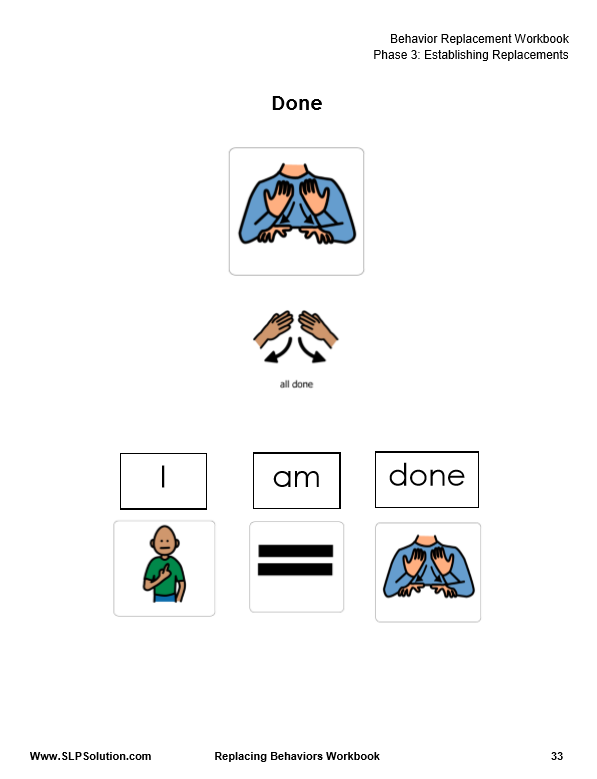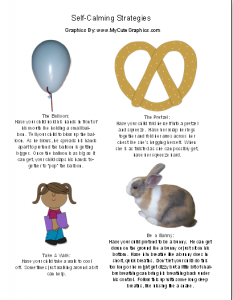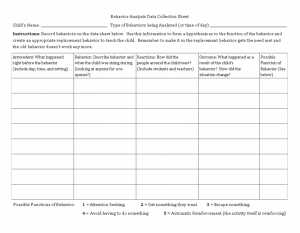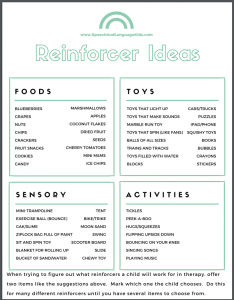How to Help a Child Regulate their Emotions: Speech Therapy Ideas
It’s no secret that children feel a lot of big feelings. Our children with emotional regulation issues (such as those with autism, ADHD, anxiety, anger issues, etc.) may feel those feelings even more intensely than other children. And they also may struggle with knowing how to calm down or get those feelings back into check. This often leads to outbursts, behavioral challenges, and interpersonal issues. Check out our tools and resources for helping children regulate their emotions and calm themselves down as needed.
Watch as speech-language pathologist Carrie Clark shows you how to help a child learn to regulate his emotions. This is quite helpful for children with social language impairments who may have trouble expressing emotions appropriately.
Speech Therapy Ideas for Emotional Regulation:
1. Teach Children to Identify Their Emotions:
http://www.speechandlanguagekids.com/teaching-a-child-to-identify-his-emotions/
2. Once they can identify, talk about which emotions are good and helpful and which ones get in the way
- Happy, excited, calm are all ok
- Mad, scared, frustrated, over-excited can be a problem if they get too big
- Identify which emotions the child has trouble regulating
3. Take the problematic emotions and talk about situations that trigger those emotions and what happens physically (what does the child do)
4. Brainstorm possible ways to regulate that emotion, coping strategies, with the child.
5. Practice coping strategies when not feeling the emotion and have the child choose is favorite 3-5 strategies.
6. Create a choice board with those strategies.
7. The next time the child gets into that emotion or mood, offer the choice board and have him try strategies until he finds one that works.
8. Continue doing this until the child can use the choice board independently or use the strategies without needing to go to the choice board.
Speech Therapy Emotional Regulation Goals:
Check out these sample goals for emotional regulation:
- Building Emotional Vocabulary: Student will identify and label basic emotions from pictures using the correct emotional vocabulary words (such as happy, sad, frustrated, etc.)
- Identifying One’s Own Emotions: Student will use correct emotional vocabulary to answer questions about how he is feeling in the moment or how he feels during particular situations (such as, how do you feel when someone takes your toy?).
- Regulating One’s Own Emotions: Student will identify and use coping strategies for regulating various emotions as needed.
- Navigating Others’ Emotions in Social Interactions: Student will identify emotions of others during certain social situations and practice appropriate responses to those emotions.

About the Author: Carrie Clark, MA CCC-SLP
Hi, I’m Carrie! I’m a speech-language pathologist from Columbia, Missouri, USA. I’ve worked with children and teenagers of all ages in schools, preschools, and even my own private practice. I love digging through the research on speech and language topics and breaking it down into step-by-step plans for my followers.
Connect with Me:







Is this within our scope of practice?
I believe that being able to talk about and use language to identify our emotions definitely falls into our scope of practice and taking that a step farther to talk about how those emotions affect our social interactions seems right in line to me as well. Much of our communication (both verbal and nonverbal) includes using and talking about our emotions. Working on communication without working on the underlying emotions seems like missing a step to me. However, I haven’t found in ASHA’s position statements any specific mentions of emotions. If you know of anything that contradicts this information that I am presenting, please let me know!
Thank you very much for the non verbal therapy idea video. It has given me lots of clue to use with my children. Thanks again
Excellent! I’m so glad this will be helpful!
Hi, I am unable to hear any sound on this video after 40 seconds – such as shame as I think this would be really helpful!
Hi there,
Could you provide a new link to the video that outlines how to teach children to identify their emotions? The one provided does not work. Thanks!
Hi, Julia-
Please try this link to see if it works any better for you. I did try it on my end and it seemed to work just fine.
Hi! This is many years later but I just tried this link and it also stops the sound at about 40 seconds. Strange! I tired the embedded video and got the same result.
Here is the actual YT link: https://youtu.be/SlbzkX_Glcs